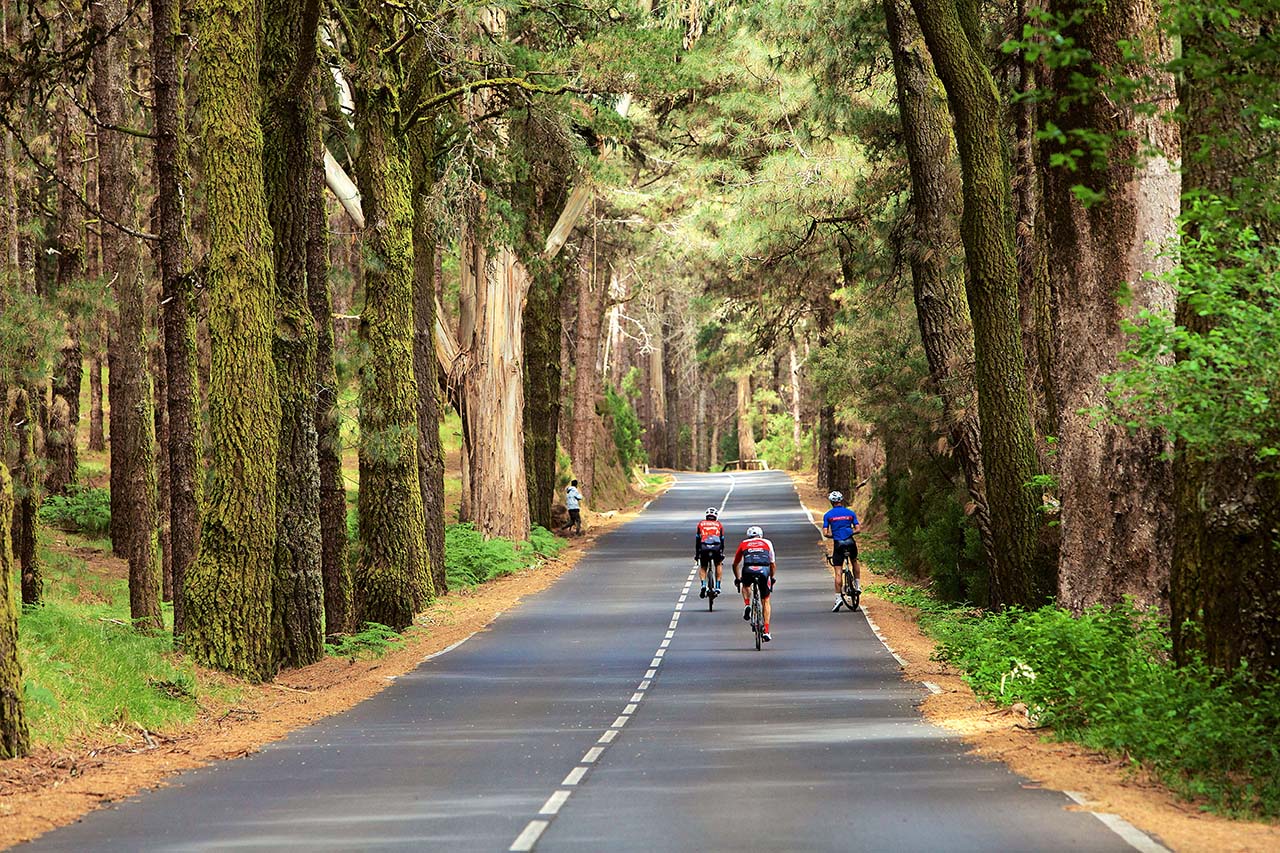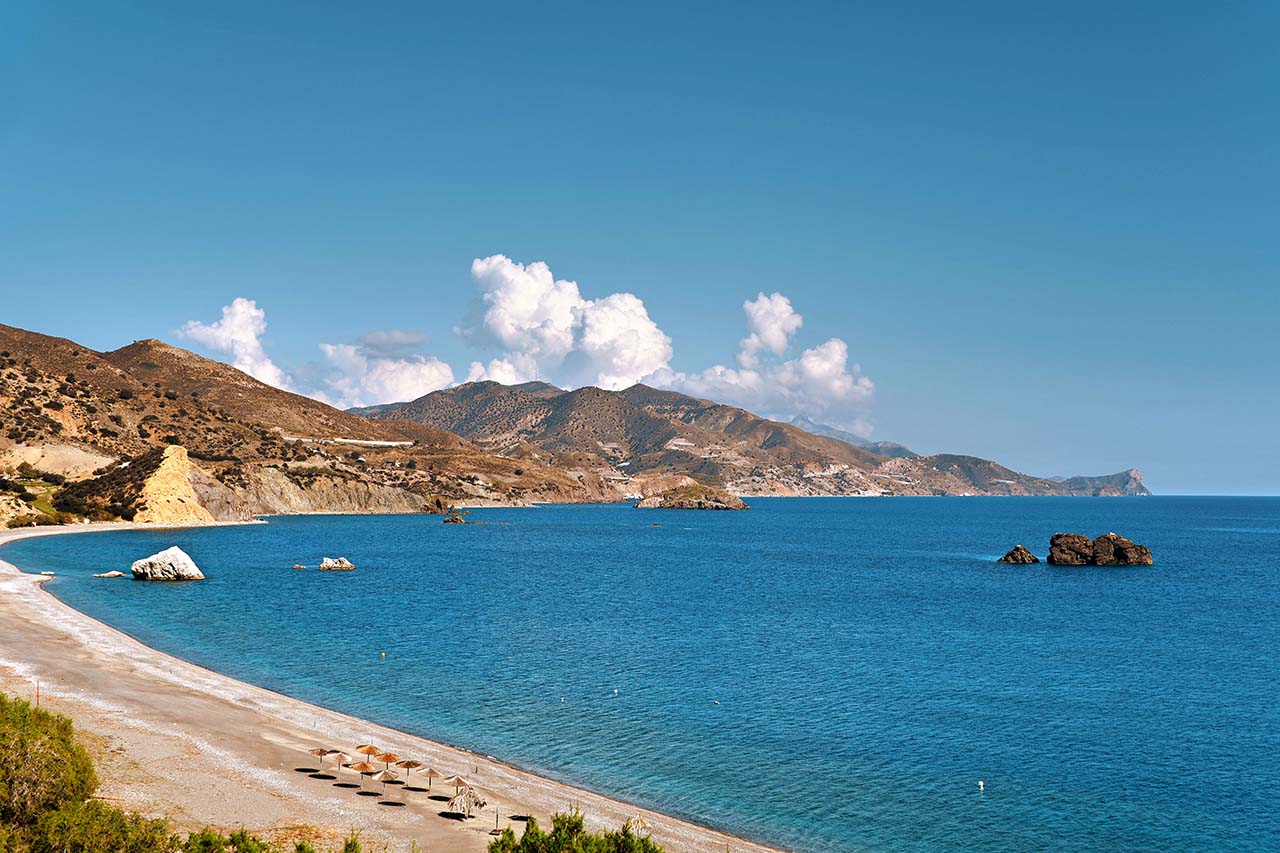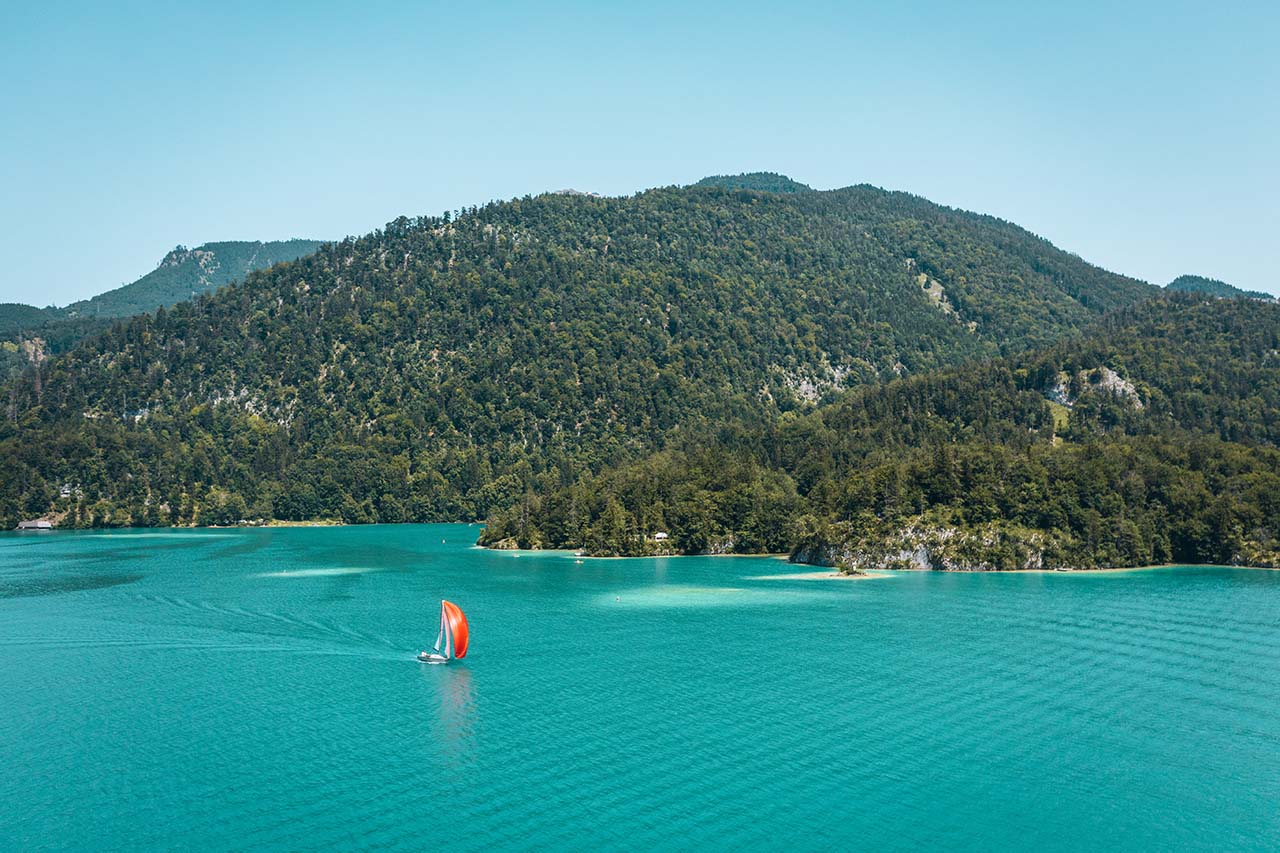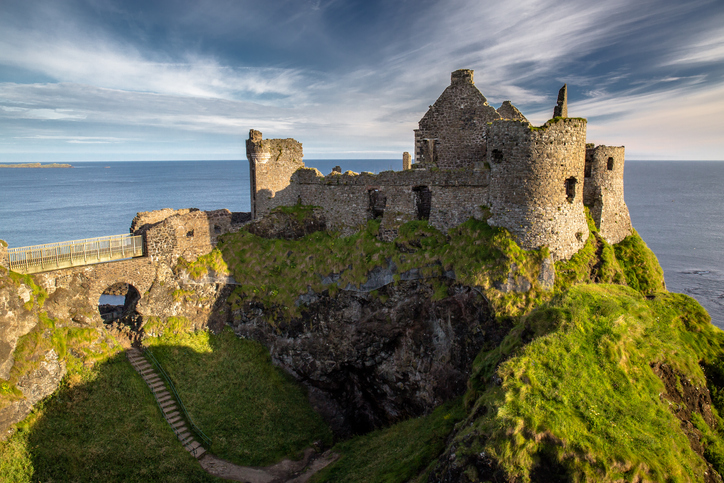An exciting vacation, full of outdoor movement. Easy, one Tenerife, where nature always reigns supreme. Here the territory has been literally drawn by the presence of volcanoes: theAnaga to the northeast, the Teno to the northwest and the gigantic Teidewhich occupies the entire south-central area.
Over time, a magnificent subtropical habitat developed around these massifs. Hopping on a bike or putting on a pair of trekking shoes to fully enjoy such beauty is always a good idea and surprises are guaranteed and completely unexpected for those who consider the island only as a beach destination.
According to the Guanchos, the indigenous population present before the Spanish conquest, in Teide lived the devil Guayota, sitting among the smoke and magma. The “giant” has always aroused admiration, both for its eruptive activity and for its majesty. Its summit is in fact located at 3,715 meters altitude, the highest point in all of Spain.
But if we measure the mountain from its base, which rests on the oceanic plateau, we even arrive at 7,500 meters: we are in the presence of the third highest volcano in the world. And it is here, in the heart of Teide, that they come together three cycle routes which allow you to discover some of the lesser known wonders of Tenerife.
ALSO READ: What to see and do in the Canary Islands? The essential stopovers on the islands of the Spanish archipelago


Teide National Park: cycling routes in the heart of Tenerife
TF-38, the climb to the west side of Teide
The departure can only be near Parada snack bar, has Chioone of the favorite meeting points for cyclists, who like to recharge their batteries with a cortado, a coffee with milk or with a rich fresh fruit smoothie. Here you can also taste the delicious barraquito, a typical drink of the island: it is a coffee strengthened with a dose of Licor 43, an alcohol that takes its name from the 43 ingredients that compose it, including citrus fruits and species botanicals.
After you have refreshed yourself, take the road TF-38 and soon the ascent along the west side of the volcano begins. The route is quite long (nearly 39 kilometers) and has an elevation gain of 1,710 meters, but if you are in good shape, don't worry: it is still shorter than the climbs in the south and north of the island. . And it's also a little easier, with no sharp turns, a series of straight lines and a constant slope of around 5 to 6 percent, allowing you to move steadily forward while admiring the beautiful scenery. But you have to earn it.
In the first kilometers, in fact, you have the sensation of pedaling in the fog: in reality you are immersed in the sea of clouds created by the trade winds, which push the clouds against the side of the volcano, at an altitude which can fluctuate between 600 and 1,800 meters. Then, just as the coniferous forests thin out, the light returns and, on sunny days, the sun.
The spectacle is sublime: solitary spots of bright green stand out against the background of the black volcanic landscape. It's like you landed on the moon, but you're in the heart of Teide National Park, UNESCO heritage, a stone garden that is home to 139 floral species, a third of which come from the Canary Islands.
The predominant vegetation is high mountain scrub, but there are also violets and the romantic Teide edelweiss. While the red tajinaste, which we know as red bugloss, is an icon in Tenerife: it is a green shrub that can reach two meters in height and, after two years of life, is covered with magnificent vermilion flowers.
The tour arrives at Parador of the Canadas of Teide, which is located right next to the Park Information Center: it is the only hotel at altitude, at 2,200 meters, and in its bar you can stock up on water and food. Then we take it back TF-38 to return to Chio. The descent is easy and very pleasant thanks to the wide curves, the smooth asphalt and the little traffic.
READ ALSO: Canary Islands: the archipelago of wonders of the Atlantic Ocean


TF-24, the climb to the north side of Teide
The second route winds for almost 32 kilometers along the TF-24 and involves climbing the northern slope. Better to start with the pueblo of Hope, almost a thousand meters above sea level. The road immediately enters a dense pine forest, here also engulfed by the sea of clouds, which usually accompanies the cyclist on a longer route than on the first tour. In addition, the slopes are now variable and there is no shortage of ups and downs, so it is more difficult to maintain a constant pedaling rhythm.
Fortunately, from time to time, the descents allow you to breathe a little and absorb the overall – significant – difference in altitude of 1,660 meters. But the price is close. This is in particular the Chipeque Viewpoint deserves a pause for reflection: from up there, at 1,830 meters, the view of the volcanic cone is moving.
The ascent ends atTeide Astrophysical Observatory in Izaña, located at 2,390 m above sea level, the most important in the world for observing the sun: if you wish, you can also book a visit (volcanoteide.com). Then we return to Hope facing a descent full of hairpin turns and tight curves. But by proceeding with caution, there is fun to be had.
READ ALSO: Tenerife on foot and by bike: here's how to discover the island at a slow pace
Tenerife by bike: from north to south along the Carretera Vieja
In the third and final tour you cross the picturesque communication route between the north and south of Tenerife, the Old street. We start from Guimar and head south along the east coast. This time too the road is narrow and winding, but fortunately there is almost no traffic.
You will pass peacefully through rural villages that seem suspended in time, from Fasnia to Arico, before reaching the maritime pueblo of Poris de Abona and enjoying a good dip in the refreshing waters of Playa Grande. Ideal for restoring after so much effort.


Trekking in Anaga Rural Park
If on the contrary you like it hiking it is better to head north, to the region of Cruz del Carmenstarting point of a 12 kilometer long circular route with 800 meters of altitude difference towards Los Batanes, in the Anaga Rural ParkBiosphere reserve.
A very interesting route, because it allows you to cross all the ecosystems of the island, except the high mountain one. Here, differences in altitude, climate and soil composition have allowed the development of a great biological variety. The descent begins in a dense laurel forest, home to willows, wild orange trees, laurels and heather.
Then, as we lower the altitude, the thermophilic forest appears – between 600 and 200 meters: moderate rains and pleasant temperatures have favored the growth of palm trees and dragon trees, with spectacular foliage.
Even lower down, it is hot: it is the kingdom of euphorbias, very resistant plants, which have adapted well to drought, strong winds and constant sunshine. Then we return to Cruz del Carmen, returning to the freshness of the woods.


The town of San Cristóbal de La Laguna
Not far from there, the island's first capital is worth the detour, San Cristobal de La LagunaUNESCO Heritage. A charming colonial city with beautiful noble palaces in pastel colors, it has kept the original 15th century plan intact.
His beating heart is Adelantado Square, in addition to the surrounding pedestrian streets dotted with bars and restaurants, but also monuments and historic buildings like the Hermitage of San Miguel Arcángel, church with a beautiful 18th century facade, Salazar Houseconsidered one of the most important Baroque constructions in the Canary Islands, and the Museum of History and Anthropology of Tenerife.
To enjoy its bohemian atmosphere, however, you can sip a barraquito accompanied by churros at the café. El Buen Paladar, in Calle Tabares de Cala, observing the lazy comings and goings. After all, it's a more than deserved rest.


SEE ALSO: Fuerteventura: beaches, surf and sun all year round



